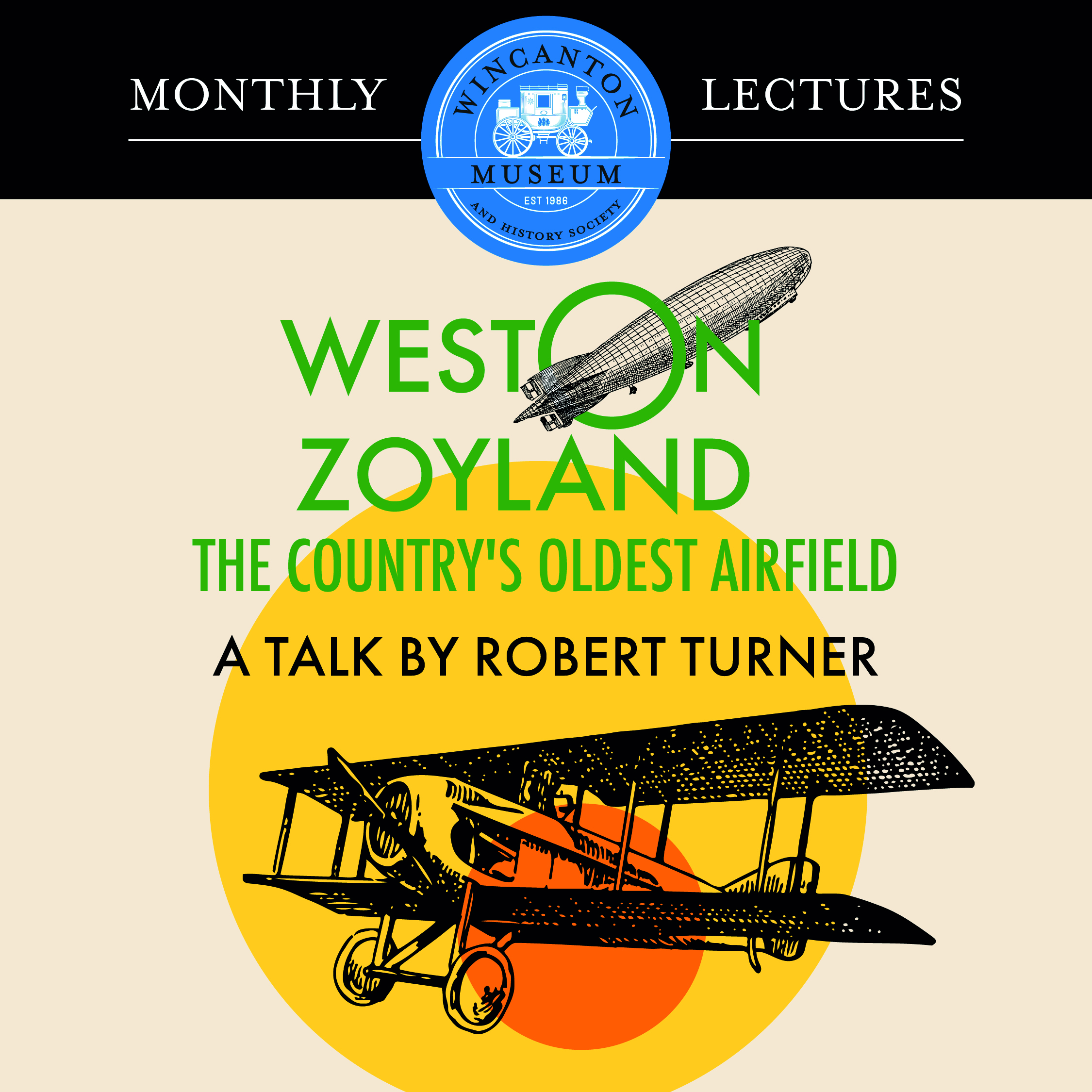TALKS
Our popular WHS Talks are held at the Balsam Centre, Balsam Park BA9 9HB (accessed from Memorial Hall Car Park), usually on the last Wednesday evening of the month.
Doors open 6.30pm with the talk starting at 7pm. Our 9 talks throughout the year range widely, covering local and national topics such as the Roman Villa at the Newt, life of a local vet in 20th century, restoration of Earl of Shaftesbury’s house, the Nuremburg Trials.
A brief round-up of previous talks are available if you click the “Previous Talks” button further down this page.
The programme is being constantly developed so do revisit this site, check out our Instagram or Facebook and look out for our eye-catching posters in various locations around the town advising forthcoming subjects.
Entry Charges (per person):
Members and under 18s: free
Non-members: £10.00
From time to time Special Talks are being booked. The venue for these is the Memorial Hall. Last year we heard from John Blashford-Snell, and enjoyed a live performance of Flamenco dancing. Charges for these talks differ from the standard Talks charge. Keep an eye on this site for details.
Special Talks (per person):
Members: free (donation welcomed)
Non-members: See listing for prices


Weston Zoyland airfield
February 28 @ 19:00 - 21:00
Mr Turner’s reservoir of photographs that accompanied his talk on the oldest airfield in our region provided a wide-ranging retrospective on the progress of flight and air warfare from the days immediately succeeding World War 1 to the conflict that was World War 2, through the 1920s, 1930s and into the 1940s.
Aerial shots showed the growth of the camp that provided everything the men could need and the gradual improvement in the facilities. From the apparent atmosphere of a summer camp (an analogy with the Glastonbury Festival was made), to a gradually more permanent station with buildings replacing bell tents and suitable trackways replacing wooden sleepers, to counteract the mud, Mr Turner traced the development of what became a pivotal base for fighting flight and attendant activities.
Images of planes that hadn’t made a perfect landing reinforced how flimsy were these early ‘kites’, the bi- or tri-planes. This evidenced how necessary were the ambulance and hospital on-site, a site that had its challenges, being inclined to suffer from whirlwind activity.
The timeline took us through the relatively carefree days of the 1920s, thence to the gathering storm during the 1930s and finally to the weaponised aircraft of every variety that took part in the fight against Hitler, whether the iconic Spitfire or the (deliberately) blackened ‘planes that dropped SOE fighters behind enemy lines or the lightly armed reconnaissance machines that risked so much to bring back invaluable aerial information.
There was plenty of evidence of high spirits, friendships and fraternisation, of long hot days and bone-chilling times as well as much hard work and co-operation. That a number of the guys (and they were all men in those early days) married and settled in the region is evidenced by the number of their family members who have unearthed and handed over boxes, scrapbooks etc of memorabilia of the station and those vital times to Mr Turner who quite obviously delights in being able to amass and collate all this unique material to afford those of us who know of events only anecdotally a greater insight into a place and era that has been critical to shaping the lives we all live now.
Not only did the station have a long, long history, it also hosted pretty much every type of flying machine there has been, particularly in WW2.
It was also a station for Americans, lots of ‘em, once they joined the Allies. We got a very clear picture of how differently those energetic guys dealt with things in the pictures of the old Musgrove Park Hospital, Taunton, where, apparently, a jeep would drive right into the hospital building with several wounded servicemen aboard; there could be one strapped to the roof, another to the hood (sorry, bonnet), maybe at least one in the back and presumably a couple in the carcase of the jeep, depending whether they were walking wounded or stretcher cases.
There is more to be learnt about this long-serving airfield from the time of the introduction of the jet engine, but that will have to keep for another time as the clock timed out Mr Turner’s very full Talk.
